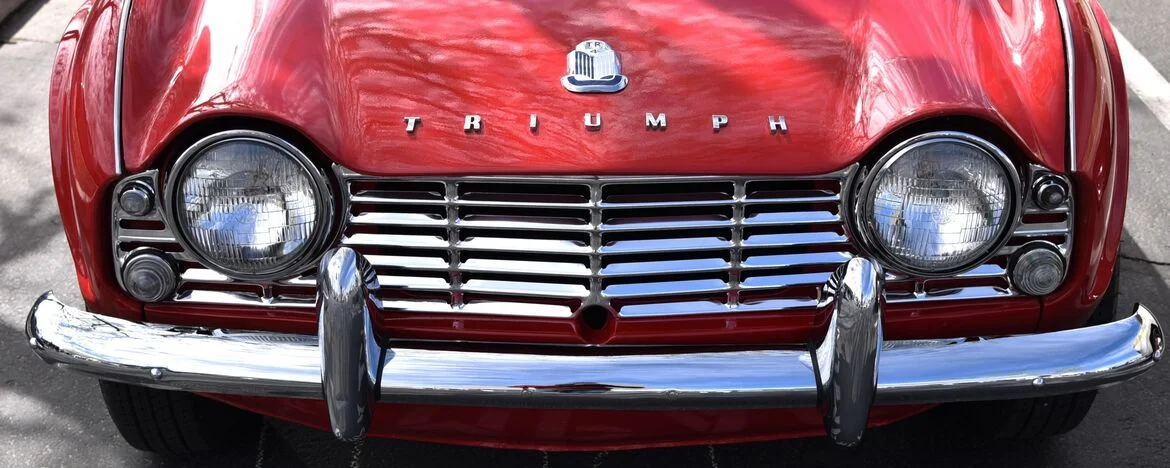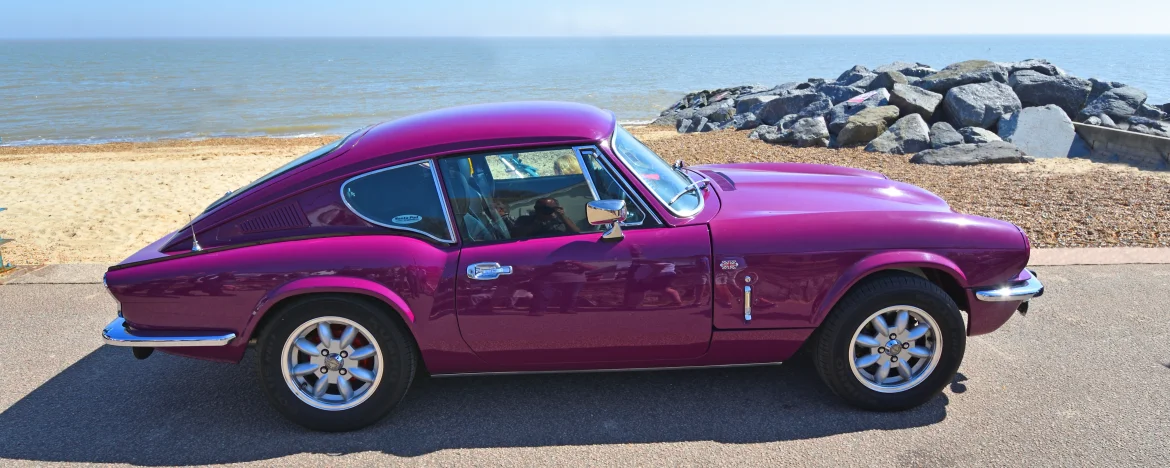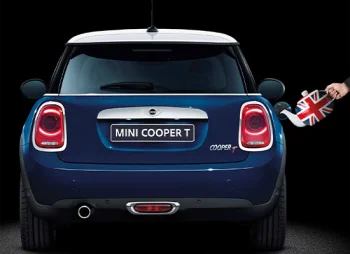A sporty niche – our favourite Triumph models
Triumph found its niche with a range of sports cars that took the UK by storm in the 50s, 60s and 70s.
Why? Possibly because they had renowned Italian sports car designer Giovanni Michelotti at the helm. You may not know his name, but you would undoubtedly recognise his work.
His designs were prolific across the automotive industry and his style was absolutely timeless. And he was notable for contributing not just to Triumph, but also to top luxury carmaker Ferrari.
Michelotti was personally responsible for designing many of the most beautiful cars we’ve ever seen on our roads across multiple brands. He transformed the look of the sports car in a groundbreaking way.
So, his hand in Triumph’s sports car success is undeniable.
Under Michelotti’s reign, we were blessed with such models as the Triumph Herald, Triumph Spitfire and Triumph Stag to name a few.
But the GT6 and the Spitfire are our absolute favourites of all of Michelotti’s designs for Triumph. And we can’t wax poetical about them enough.
It’s telling that 61 years after its first iteration appeared on our roads, the Triumph Spitfire still consistently appears in lists of the best British cars ever made.
Relatively inexpensive, comfortable and effortlessly stylish, the Spitfire continued to fly out of the showroom for almost twenty years. By the end of production in 1980, over 314,000 Spitfires had been produced.
Not bad when you consider that this was before cars were exclusively mass produced by machines.
The most valuable iterations as of 2021 are the odd numbers: the Spitfire MK1, the MK3 and the 1500. The very best MK1’s can reach a value of almost £25,000 – not a bad investment on a decade’s old sports car.
The GT6 was born from the Triumph, added as a coupe that took on a life of its own. With three different iterations (the Mark I, Mark II and Mark III), it’s one of the most distinctive models Michelotti produced for Triumph.
With a sleek fastback design, the GT6 resembled an E-Type, but at a fraction of the cost. The Mark I and III in particular are very pretty designs, but if we had to pick, it’s the Mark III that comes out on top in terms of style.
In top condition, the value of a GT6 today can exceed £30,000 at auction – not bad if you’ve got the cash lying around.
Given how beloved Triumph cars still are among car enthusiasts, it seems bizarre that the marque was retired. Nevertheless, the brand was officially retired in 1984 by its then owners, marking a shift in the industry that prioritised practicality and aerodynamics over fun and flair.






